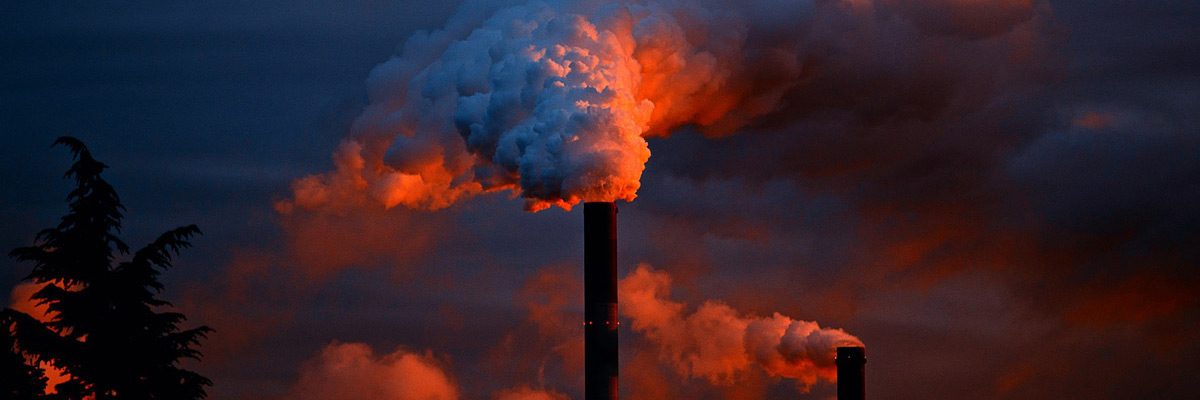I was going to start a meditation on Environmental and Energy Conservation websites today but then I got to this story in the Illinois Times. I am actually citing the one from the St. Louis Dispatch but you can find the Illinois Times one here:
http://www.illinoistimes.com/Springfield/article-10536-state-gives-ameren-a-pollution-pass.html
So here is the piece from the SLD, mainly because I hardly ever link up with them.
Ill. regulators delay Ameren pollution controls
State regulators have granted Ameren Corp. a five-year delay in the installation of pollution controls at a large coal-fired power plant in southeastern Illinois after the company threatened to close other plants and cut hundreds of jobs.
The Illinois Pollution Control Board granted the delay Thursday, giving the St. Louis-based company until 2020 to install equipment to control smog, which is linked to heart and lung problems. The company had initially agreed to do it by 2015.
Ameren had argued that because of the drop in electricity prices _ driven in part by competition from natural gas plants _ it could no longer afford to finish installing sulfur dioxide scrubbers at its Newton plant under the original timetable.
Environmental groups lambasted the regulators’ decision, saying it undercuts the state’s pollution standards. Ameren said the move was necessary to save jobs.
:}
Go there and read. More tomorrow.
:}
